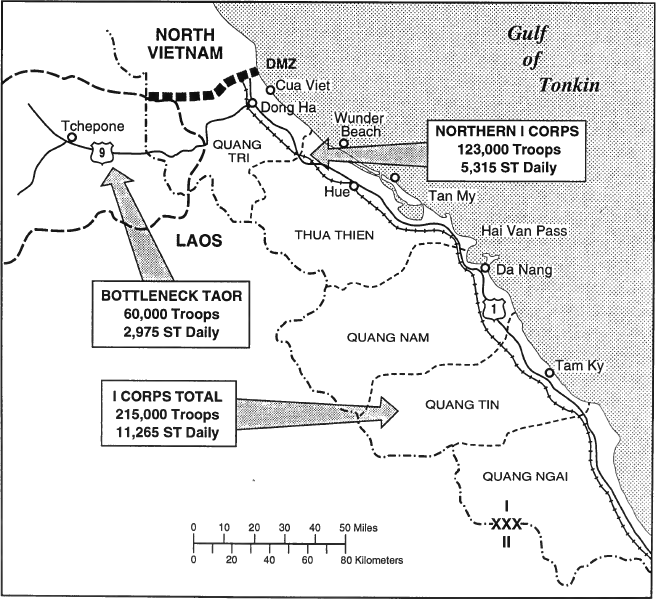<![CDATA[The 4th of August marks the fifty year anniversary of an incident that came to play a pivotal role in America’s eventual involvement in the Vietnam War. A great deal has been written recently about the centenary of the outbreak of the First World War, but little has been said about this event in 1964 that pulled America into the most controversial of conflicts. Indeed, the incident itself was shrouded in intrigue, deception and misunderstanding. America first deployed its own troops in Vietnam in 1965, but it had been playing a role in the Vietnamese Civil War long before. From the presidency of Harry S. Truman onwards, America had been providing economic and military assistance to South Vietnam against the communist North in the form of economic aid and military advice. During Lyndon B. Johnson’s administration, America started a covert operation called Operation DESOTO. This involved U.S. warships gathering electronic intelligence information off of the coast of North Vietnam, and giving it to the South. A document declassified in 2011 reveals that one of the ships on the mission, the USS Maddox, encountered three North Vietnamese torpedo boats on the 2nd August 1964. The torpedo boats attacked the US destroyer, believing it to be a South Vietnamese ship. The American ship called for air support from a nearby aircraft carrier, and in the ensuing skirmish sunk one of the torpedo boats and damaged the other two. This marked the first direct engagement between U.S. and North Vietnamese forces. The USA protested the attacks in the international human court, warning Hanoi of severe retaliations if it attacked U.S. forces again. However, it did nothing to halt the U.S. surveillance mission. The next day operation DESOTO resumed, with an extra ship, the USS C. Turner Joy in support. On the 4th August, a second confrontation supposedly happened between U.S. and North Vietnamese forces. This time as many as twenty two torpedoes are alleged to have been fired at U.S. ships. Many historians now believe that this attack may never have in fact occurred, with the Maddox’s commanding officer himself admitting after the attack that radar anomalies could have led to a misunderstanding of the situation. Whether this second attack happened may never be known. The consequences though, are well recorded for posterity. The following day Lyndon B. Johnson ordered airstrikes against North Vietnamese airbases. That evening, he made a TV address to the people of the USA, denouncing North Vietnam. By the 7th August the Gulf of Tonkin resolution passed through the House of Representatives, and a process was started that would see the U.S. embroiled in a ten year war. Throughout this whole incident, the U.S. had maintained that the ships in the seas off North Vietnam were on routine patrols in international waters. This combined with the lack of proof that the second attack ever occurred, reveals the murky nature of the start of U.S. involvement in Vietnam. It was an inauspicious start to a war that would be shrouded in controversy, protest and disillusionment. The Gulf of Tonkin incident and the Vietnam War tell us a great deal about how we choose to remember conflicts. Last night, the UK observed a moving ceremony where house lights were turned off and candles lit, to acknowledge the start of World War One. Conversely, there are never such ceremonies in the U.S. for the start of the Vietnam War. The difference is that from the start this war was shrouded in controversy and deception, information that was much more widely accessible fifty years ago than a century ago. Fundamentally, what we choose to commemorate from World War One was just as apparent in Vietnam, if on different scales - terrible fighting conditions, horrific loss of life for both sides and environmental devastation. With this in mind, surely the tragedy and lessons of both conflicts are ultimately the same? ]]>
Fifty Years Since the Gulf of Tonkin Incident
